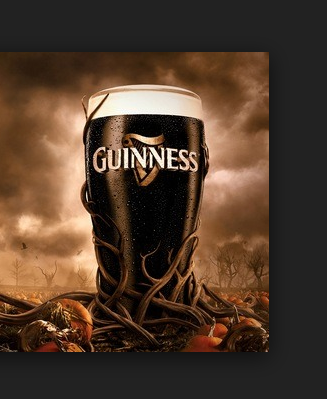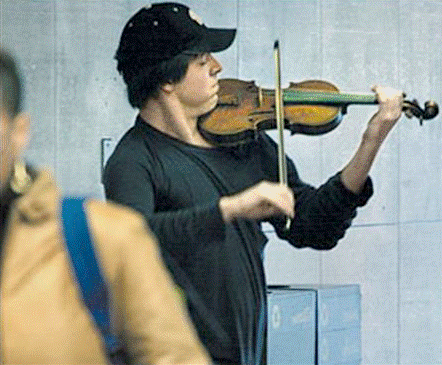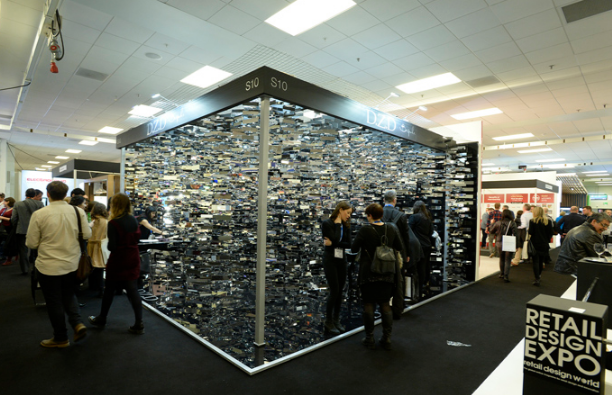Tag: Guinness marketing strategy
Guinness Marketing Strategy Makes Storytelling a Big Difference Maker
Have you seen the recent Guinness marketing video? A significant change in the Guinness marketing strategy we believe. The strategy is using simple storytelling to gain our attention. Refreshing. Let’s examine this video and strategy and what contributes to their strengths and weaknesses. We want to evaluate if it has the ability to influence and…

Creative Marketing Strategies: The Ultimate Cheat Sheet on Guinness
Do you make continuous improvement a focus of your marketing strategy? Most of the best marketing strategies we study and follow certainly do, and that is an awesome way to do marketing. Yes, the innovative Guinness creative marketing strategies are making their messages better and better all the while. And their success has a ton…

13 Great Story and Storytelling Examples to Learn From
Do you like to hear a great story? How about telling stories? Employing awesome storytelling. Stories and storytelling examples are a great way to help spread ideas for creative marketing. For a long time, marketing was driven by taglines—short, evocative slogans that captured the essence of a brand’s message. Nike encouraged us to “Just Do…
